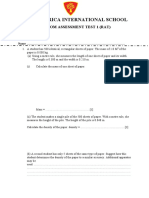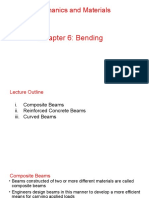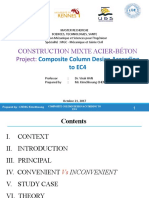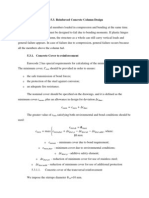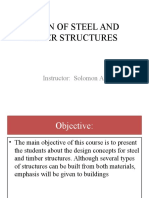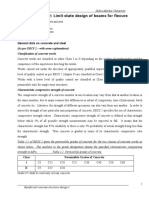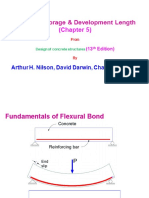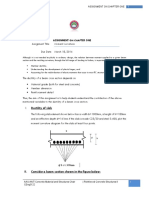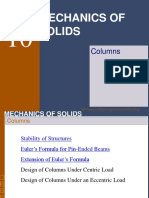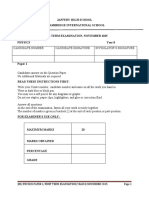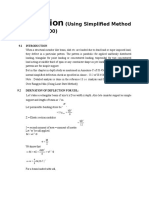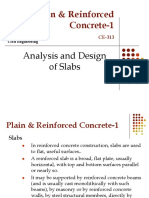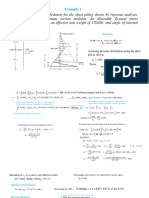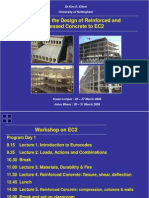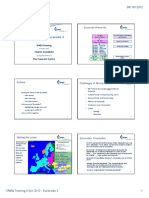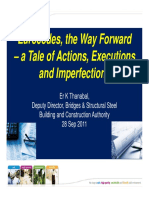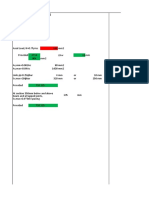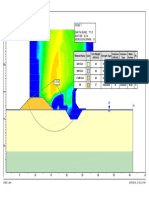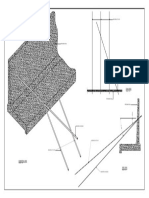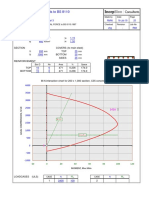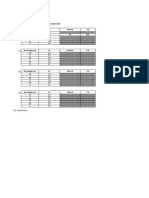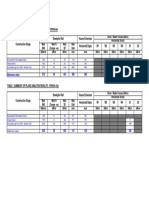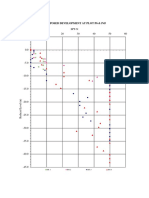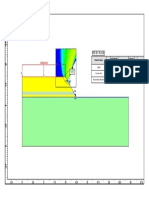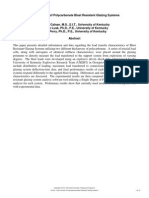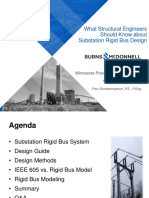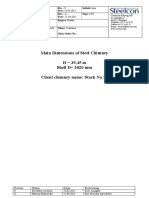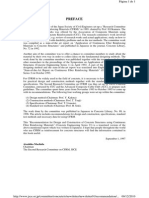0% found this document useful (0 votes)
266 views35 pagesEurocodes: A Guide for Engineers
The document introduces the Eurocodes, a suite of structural design codes used in Europe. It discusses that the Eurocodes were developed over 25 years to improve competitiveness of European construction. The Eurocode family includes 10 codes covering different structural materials like concrete, steel, timber and geotechnical design. Each Eurocode has a standardized format with sections on principles, materials, design, and detailing. The document provides examples of some key Eurocodes like EN 1990 on design principles and EN 1991 on structural actions.
Uploaded by
nurCopyright
© © All Rights Reserved
We take content rights seriously. If you suspect this is your content, claim it here.
Available Formats
Download as PPTX, PDF, TXT or read online on Scribd
0% found this document useful (0 votes)
266 views35 pagesEurocodes: A Guide for Engineers
The document introduces the Eurocodes, a suite of structural design codes used in Europe. It discusses that the Eurocodes were developed over 25 years to improve competitiveness of European construction. The Eurocode family includes 10 codes covering different structural materials like concrete, steel, timber and geotechnical design. Each Eurocode has a standardized format with sections on principles, materials, design, and detailing. The document provides examples of some key Eurocodes like EN 1990 on design principles and EN 1991 on structural actions.
Uploaded by
nurCopyright
© © All Rights Reserved
We take content rights seriously. If you suspect this is your content, claim it here.
Available Formats
Download as PPTX, PDF, TXT or read online on Scribd
/ 35


